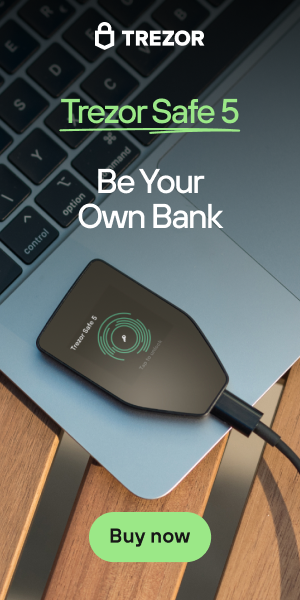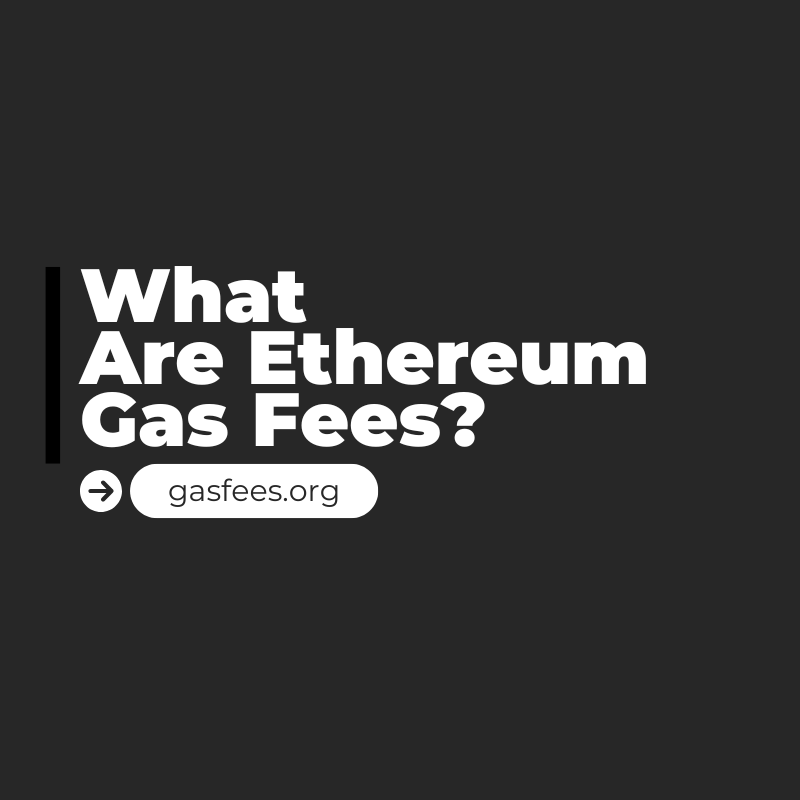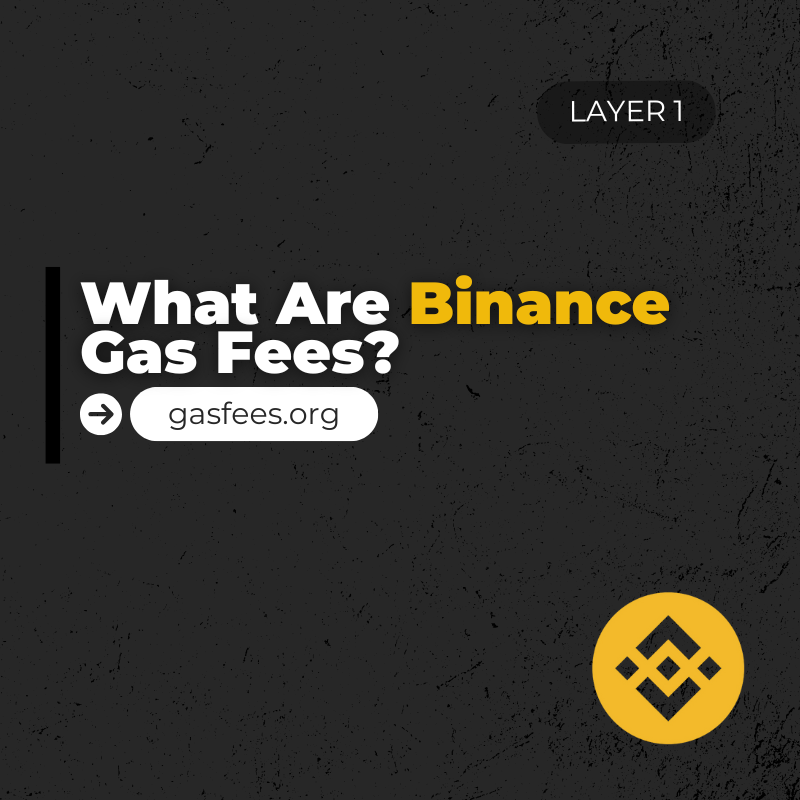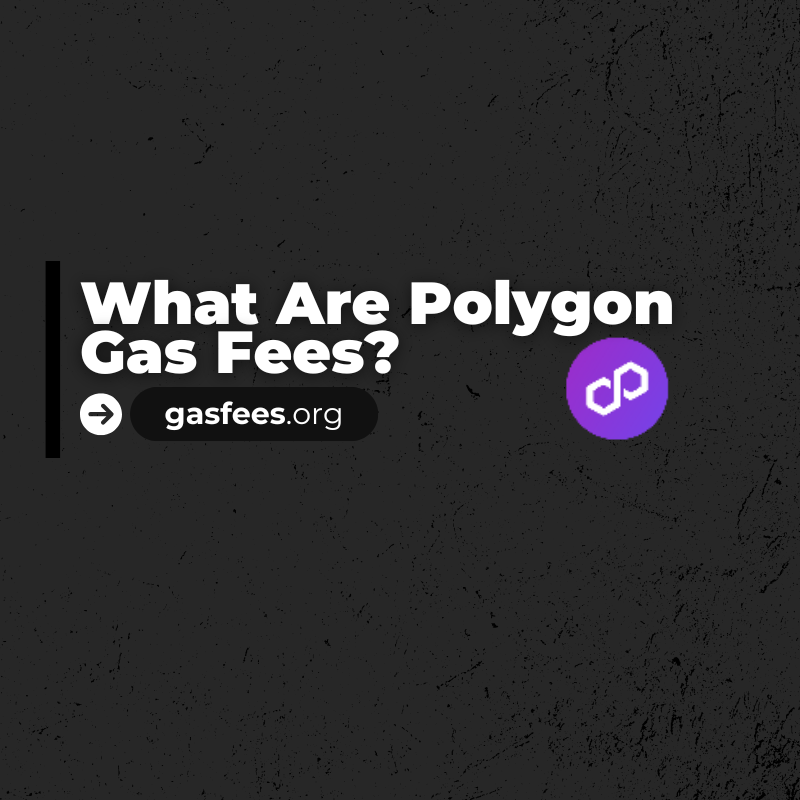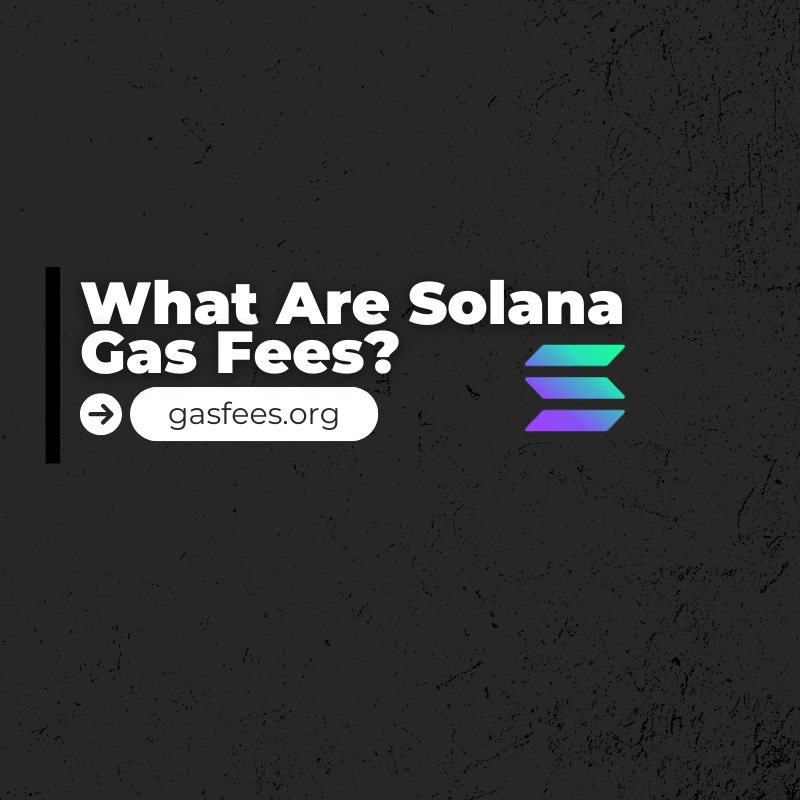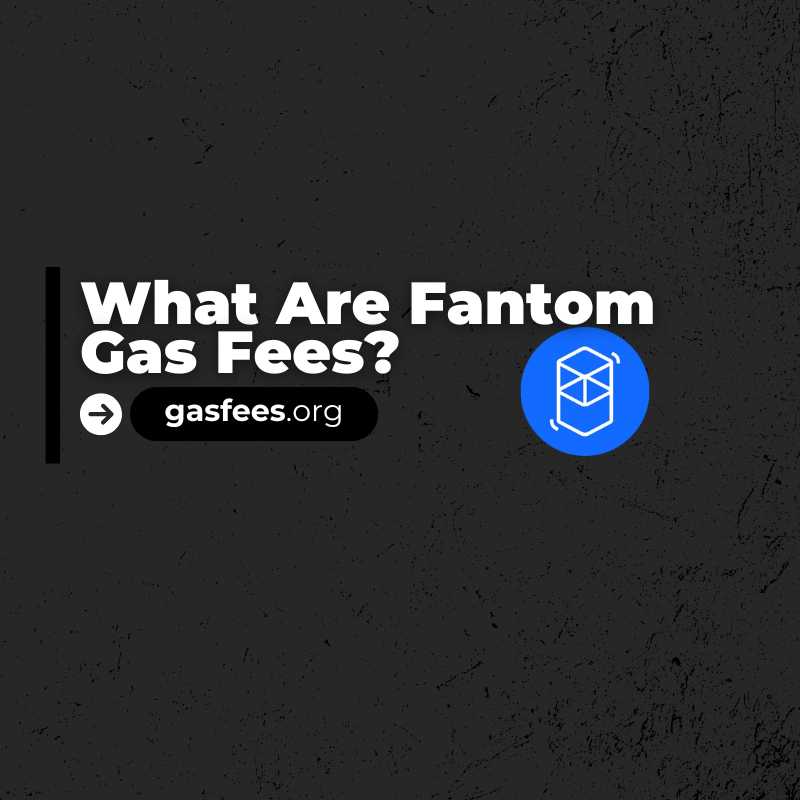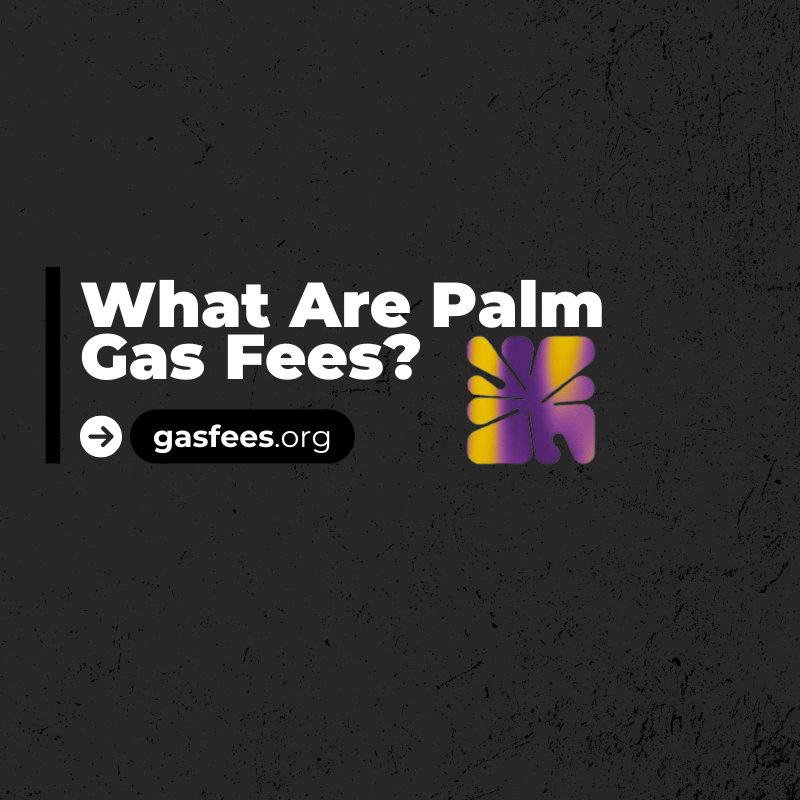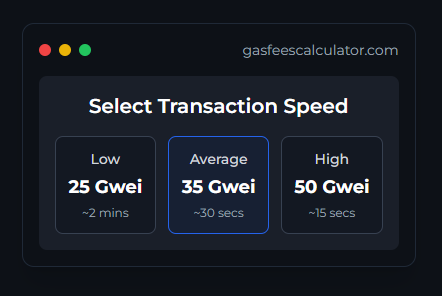
What Are Wanchain Gas Fees?
Written By: Mr. GasMan
Introduction
Wanchain, a blockchain platform known for its interoperability and privacy features, has gained recognition in the cryptocurrency space.
Understanding Gas Fees
Gas fees are an integral part of blockchain transactions, serving as the cost associated with performing operations on a blockchain network. They represent the price users pay to execute smart contracts, transfer tokens, or interact with decentralized applications (DApps) and are measured in small units of the network’s native cryptocurrency, such as WAN for Wanchain.
How Gas Fees Work on Wanchain
Gas fees on Wanchain function similarly to other blockchain networks. Users submit transactions to the network, specifying the amount of gas they are willing to pay to miners for processing their transactions. Miners prioritize transactions based on the gas price, aiming to maximize their rewards. Gas fees are determined by two key factors:
- Gas Price (Gwei): The gas price represents the price users are willing to pay per unit of gas. Transactions with higher gas prices are typically processed more quickly, as miners are incentivized to include them in the next block.
- Gas Limit: The gas limit defines the maximum amount of gas a user is willing to consume for a transaction. It is crucial to set an appropriate gas limit to ensure that a transaction has enough computational resources to complete successfully.
The Role of ConsenSys Layer
Wanchain is known for its interoperability features, which allow it to connect with other blockchain networks, such as Ethereum. One critical component of Wanchain’s architecture is the ConsenSys Layer. This layer facilitates compatibility with Ethereum-based assets and smart contracts, enabling seamless cross-chain transactions. It plays a crucial role in ensuring the smooth operation of Wanchain’s decentralized finance (DeFi) ecosystem, as it allows assets and data to flow between different blockchains.
Wanchain’s Launch Story
Wanchain was launched with the primary goal of addressing the challenges of interoperability among blockchain networks. Its founders recognized the need for a platform that could bridge the gap between different blockchains, enabling them to communicate and share data effectively. Wanchain officially launched its mainnet on January 18, 2018, marking a significant milestone in the blockchain industry. Since then, it has continued to evolve and expand its ecosystem.
Conclusion
In conclusion, understanding Wanchain gas fees is essential for users navigating this innovative blockchain platform. Gas fees are a fundamental aspect of blockchain transactions, and knowing how they work, where to monitor them, and the role of the ConsenSys Layer can enhance your experience within the Wanchain ecosystem.
Furthermore, learning about the motivations behind Wanchain’s launch, its launch date, and its visionary founder, Jack Lu, adds depth to your knowledge of this remarkable blockchain project. As Wanchain continues to develop and contribute to the blockchain space, staying informed about gas fees and related aspects will empower you as a Wanchain user or enthusiast.
Explore Wanchain, monitor gas fees, and embrace the potential of cross-chain interoperability in the ever-evolving world of blockchain technology.
Share this blog:
Trezor Safe 5
NOT YOUR KEYS, NOT YOUR COINS
Cryptotag Zeus
Recent Posts
Why Use GasFees.org? 🛠️
📊 Real-Time Data: Get accurate gas fee updates anytime.
🌍 All Blockchains: Layer 1 and Layer 2 covered in one place.
💸 Save Money: Optimize transactions with our insights.
🔍 Easy to Use: Designed for beginners and experts alike.


